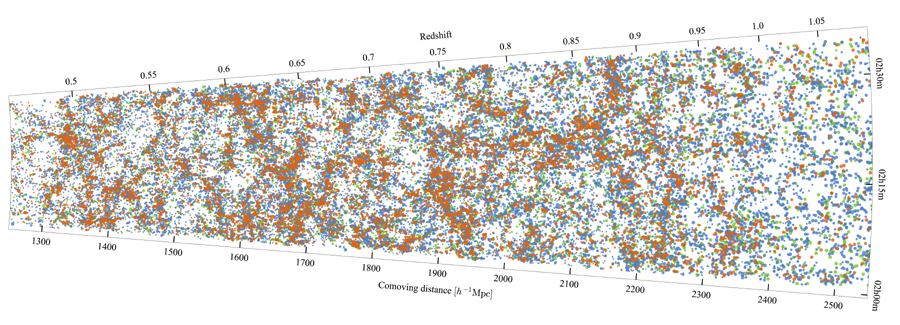Dwarf galaxies hosting overmassive black holes at high z
Population III stars are a hypothetical population of extremely massive, luminous and hot stars with virtually no metals, except possibly for intermixing ejecta from other nearby population III supernovae. Such stars are likely to have existed in the very early universe (i.e., at high redshift) and may have started the production of chemical elements heavier than hydrogen, which are needed for the later formation of planets and life as we know it.
The seed black holes from which supermassive black holes grow are expected to form at high redshifts (z > 10) via direct collapse of primordial gas, mergers in dense stellar clusters, or the death of the first generation of Population III stars, among other possibilities. The use of the present term in “form” is somehow misleading, as z = 10 means whatever happened that emitted the radiation we are now detecting occurred more than 13 billion years ago in a place which is currently more than 26 billion lightyears away.
Those seed black holes that did not grow much through mergers and accretion could be today powering the active galactic nuclei with masses greater than 1 million solar masses found in local dwarf galaxies. But one thing is suspecting this is the case, and another, far from trivial, proving it. As it is, proving any connection between the early universe seed black holes and local supermassive black holes has been prevented by the scarce number of active galactic nuclei in dwarf galaxies spectroscopically identified at high redshifts. Massive black holes hosted in dwarf galaxies at intermediate redshifts, on the other hand, may represent the evolved counterparts of the seeds formed at very early times.

The VIMOS Public Extragalactic Redshift Survey (VIPERS) is an ongoing Large Programme to map in detail the large-scale distribution of galaxies at 0.5 < z < 1.2. Now, a team of researchers makes use of VIPERS data 1 to identify active galactic nuclei in dwarf galaxies at z ≥ 0.4 based on the detection of broad emission lines. This yields the detection of seven dwarf galaxies, for which the team derives black holes masses from 10 million to 400 million solar masses, indicative of overmassive black holes.
The researchers performed semianalytical simulations to investigate the origin of these sources. They found that these objects are likely overmassive with respect to their hosts since early times (z > 4), independently of whether they formed as heavy or light seed black holes. In the simulations, these objects tend to grow faster than their host galaxies, contradicting models of synchronized growth. The results indicate that dwarf galaxies hosting overmassive black holes at high z could be the progenitors of (at least one-third of) today’s massive galaxies.
More on the subject:
The dark collapse of merging galaxies as the origin of supermassive black holes
How black holes affect star formation in massive galaxies
Author: César Tomé López is a science writer and the editor of Mapping Ignorance
Disclaimer: Parts of this article may have been copied verbatim or almost verbatim from the referenced research paper/s.
References
- Mar Mezcua, Malgorzata Siudek, Hyewon Suh, Rosa Valiante, Daniele Spinoso, and Silvia Bonoli (2023) Overmassive Black Holes in Dwarf Galaxies Out to z ∼ 0.9 in the VIPERS Survey The Astrophysical Journal Letters doi: 10.3847/2041-8213/acae25 ↩